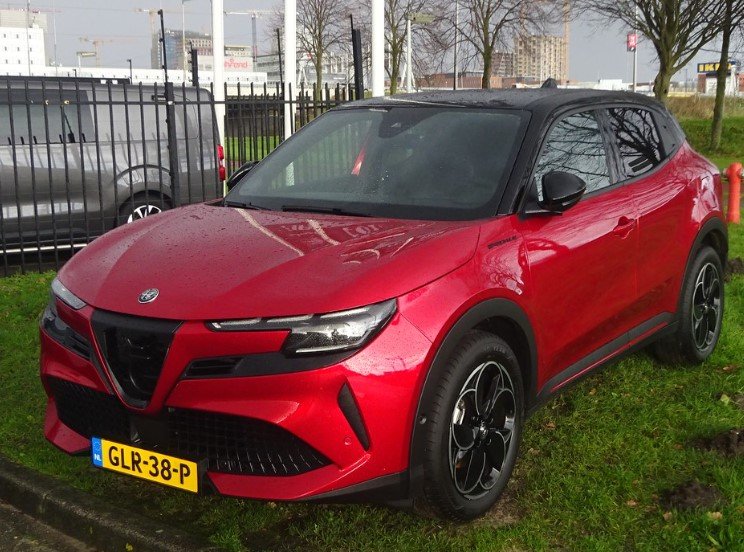Amazon and Stellantis have confirmed that their joint project to develop a next-generation in-car software system is coming to an end. The deal, announced with much fanfare in 2022, aimed to transform the driving experience by blending advanced vehicle tech with smart home integration, but it now appears to be fizzling out quietly.
The “SmartCockpit” initiative was seen as a bold step for both companies. Stellantis, the multinational automaker behind Jeep, Peugeot, and Alfa Romeo, was banking on Amazon’s tech prowess to compete with heavyweights like Tesla and China’s BYD. Meanwhile, Amazon viewed the project as a stepping stone for expanding its footprint in automotive software. But the latest update reveals the partnership didn’t quite pan out as expected.
The End of SmartCockpit: What Went Wrong?
It’s always tricky when Silicon Valley meets Detroit—or in this case, Milan and Seattle. The automotive world is shifting rapidly towards software-defined vehicles, and legacy players like Stellantis have struggled to keep pace.
Both companies issued a joint statement saying the decision to wind down SmartCockpit was mutual, with Amazon still valuing Stellantis as a partner. But beyond the PR speak, the deal seemed stuck in neutral. The ambitious vision of cars that would adjust to drivers automatically—think personalized temperature, navigation, even turning on your home lights from the dashboard—never fully materialized.
The project came at a time when automakers are desperate to add software layers that generate recurring revenue, like subscription services for advanced driver assistance or infotainment upgrades. But the challenges were plain: combining complex automotive systems with cloud services and AI, all while meeting strict safety standards, is easier said than done.
One former industry exec told Reuters, “Legacy automakers underestimate how hard it is to develop software that works seamlessly and securely in cars. It’s not just about coding. It’s integration, regulation, and a totally different mindset.”

Leadership Changes and Market Pressures
Stellantis’ own shakeup may have contributed to the split. Carlos Tavares, the CEO who championed the Amazon deal back in 2022, abruptly left last year. His successor, Antonio Filosa, now faces the tough task of turning around the company’s performance.
Stocks have taken a beating — down nearly 40% in 2024 — as sales slump, particularly in North America. The pressure is on Stellantis to find a winning formula, and the SmartCockpit project might have lost its luster in that struggle.
Amazon, for its part, continues to push forward with various automotive-related initiatives. But the SmartCockpit deal was supposed to be its flagship automotive project, a showcase for its cloud and AI technologies.
The Bigger Picture: Why Are Auto-Tech Partnerships So Hard?
The breakdown of this partnership is hardly unique. Traditional carmakers have long sought collaborations with tech firms to boost their software capabilities. Yet the marriage often turns out complicated.
Here’s why:
-
Legacy infrastructure: Old car designs aren’t built with software in mind. Retrofitting systems is costly and slow.
-
Regulation hurdles: Safety and data privacy laws vary worldwide, making software updates a legal maze.
-
Culture clash: Auto firms are often engineering-driven, focused on hardware. Tech companies thrive on rapid iteration and flexibility.
Ford recently scrapped its own next-gen electrical architecture project after ballooning costs showed just how expensive this tech race can be.
Despite these obstacles, the auto industry still sees software as the future. Making cars smarter is critical, whether it’s for autonomous driving, better infotainment, or new revenue models.
What’s Next for Stellantis and Amazon?
While the SmartCockpit chapter closes, the story doesn’t end here. Stellantis insists it will keep working with Amazon on other initiatives. And Amazon, hungry for inroads into the auto sector, likely won’t give up easily.
The stakes are high. Tesla’s dominance, BYD’s rapid rise in electric vehicles, and the evolving expectations of drivers mean every automaker has to rethink how software fits into their vehicles. But this episode serves as a reminder: innovation is messy, and partnerships don’t always pan out as planned.
In the end, it might take more than flashy announcements and big names to crack the code. It’s about patience, investment, and, honestly, a bit of luck.








